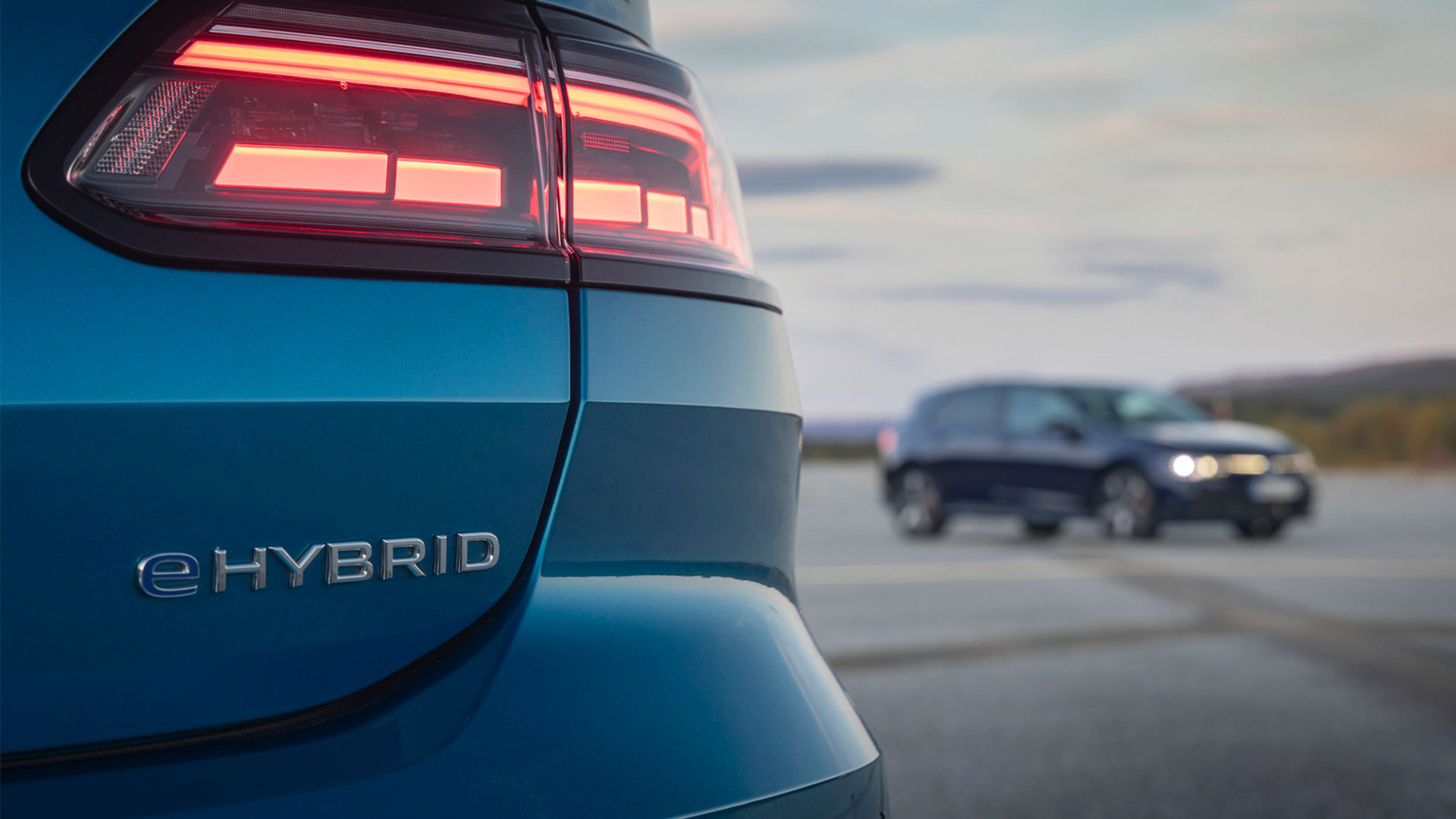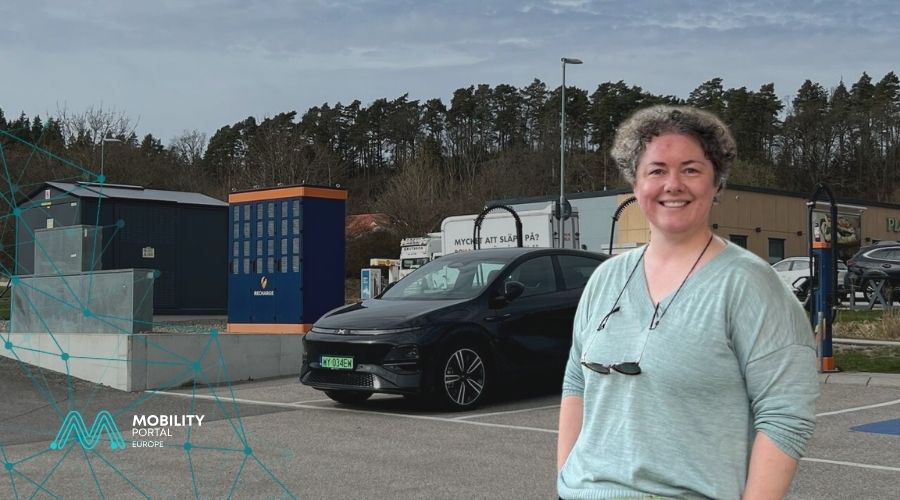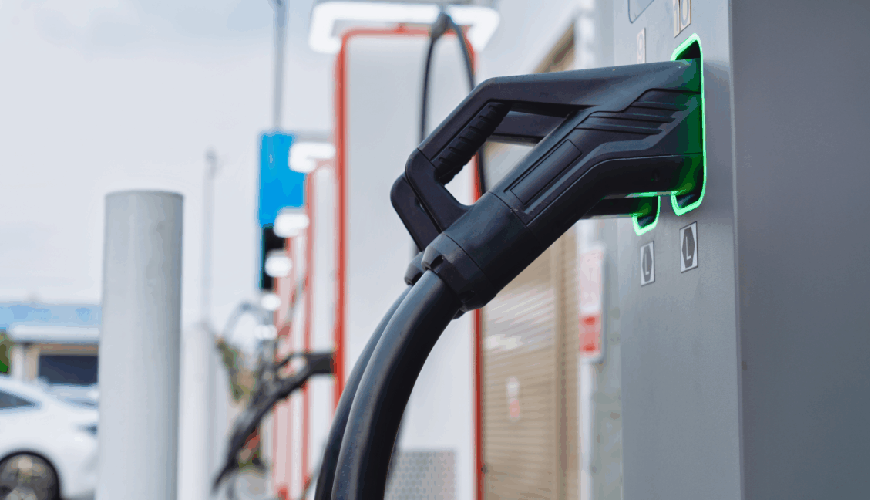The European Automobile Manufacturers’ Association (ACEA) has called on European policymakers to boost social vehicle leasing schemes in order to increase the uptake of electric vehicles (EVs) among households, businesses, and micro-enterprises.
“Social leasing schemes offer a valuable and positive route to significantly increase EV adoption among households, businesses and micro-enterprises, particularly those in vulnerable situations,” stated the European industry body.
“In doing so, they make a meaningful contribution to the EU’s climate goals.”
ACEA has put forward a number of recommendations for implementing this initiative, although it maintains that each Member State should establish its own eligibility criteria to determine which groups can participate.
First, ACEA insists that the scheme should cover both light and heavy-duty vehicles, and should apply to both individuals and legal entities.
Furthermore, the schemes must be genuinely accessible, through financing mechanisms that are sustainable in the long term and do not place an excessive burden on public budgets.
Lastly, their design “must ensure easy access” with minimal bureaucracy, in order to promote straightforward participation and short waiting times for support.
ACEA views this tool as another way to build a strong market for zero-emission vehicles, “ensuring the benefits of clean mobility” reach the broader population — especially those who are most vulnerable and lack the financial means to purchase a vehicle.
READ MORE
-
Alicante renueva flota policial con 27 nuevos vehículos SUV híbridos por casi 2 millones
El Ayuntamiento licita un contrato de leasing con opción a compra para reforzar la movilidad de la Policía Local, en una apuesta continua por la modernización del cuerpo.
-
From Poland to Norway: 6 CPOs and an XPeng G6 crossing 5 countries
Agata Rzędowska, CharIN Ambassador, shares first-hand with Mobility Portal Europe the journey she undertook across Poland, Sweden, Norway, Denmark and Germany. The goal? To keep debunking myths about the current state of e-mobility. What lessons were learned – and what still needs improvement?
-
Half of Italy’s motorway service areas have EV chargers – which ones are still uncovered?
Across the motorway network, the number of charging points has reached 1,159. This marks a significant increase compared to the 963 active points in June 2024. However, much still needs to be done to improve network coverage, especially in the south. Which regions have the most chargers – and which have the fewest?










